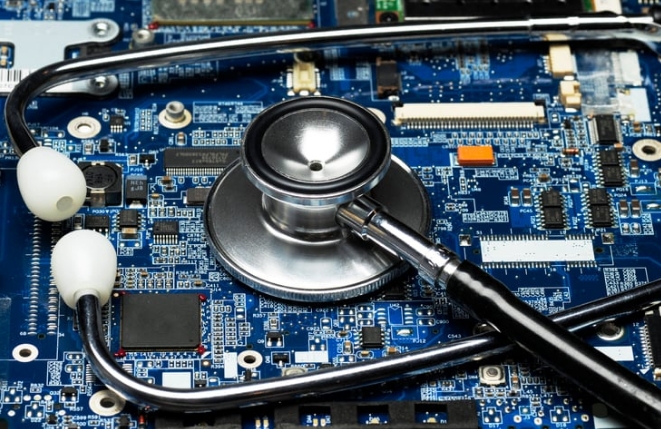The design and assembly of printed circuit boards (PCBs) for medical devices require careful consideration of various factors to ensure reliability, safety, and compliance with regulatory standards. Here are some key aspects to consider:

Design Considerations:
1.Reliability and Redundancy:
Critical medical devices often require high reliability. Consider incorporating redundancy or fail-safe mechanisms to ensure continued functionality in case of a component failure.
2.Size and Form Factor:
Medical devices are often compact, so the PCB design should be optimized for space efficiency without compromising functionality.
3.Power Consumption:
Minimize power consumption to extend battery life for portable medical devices. This is crucial for devices that need to operate for extended periods without access to a power source.
4.Signal Integrity:
Ensure signal integrity to prevent data corruption or loss. High-frequency components, such as those used in wireless communication, may require careful impedance matching.
5.EMI/EMC Compliance:
Medical devices must comply with electromagnetic interference (EMI) and electromagnetic compatibility (EMC) standards. Use proper shielding and grounding techniques to minimize interference.
6.Material Selection:
Choose materials that meet medical-grade standards and are biocompatible. Consider the potential for sterilization, as some medical devices may need to undergo sterilization processes.
Assembly Considerations:
1.Cleanliness and Contamination Control:
Medical devices demand strict cleanliness standards. Implement clean assembly environments and follow protocols to prevent contamination during manufacturing.
2.Component Selection:
Use components that meet medical industry standards and have appropriate certifications. Components should be reliable, durable, and suitable for the intended use environment.
3.Soldering and Assembly Techniques:
Employ industry-standard soldering techniques, such as surface mount technology (SMT) or through-hole assembly, depending on the design requirements. Ensure proper solder joint quality and reliability.
4.Testing and Quality Control:
Implement thorough testing procedures to verify the functionality of the PCB and the entire medical device. Testing may include functional testing, electrical testing, and any specific tests required for medical device certification.
5.Traceability:
Maintain traceability of components and manufacturing processes. This is crucial for quality control and regulatory compliance.
6.Regulatory Compliance:
Ensure that the assembly processes comply with relevant medical device regulations, such as ISO 13485 or FDA regulations in the United States. This includes documentation and adherence to quality management systems.
7.Documentation:
Keep detailed documentation of the entire manufacturing process, including design specifications, assembly instructions, and test results. This documentation is essential for regulatory submissions and quality control.
8.Supply Chain Management:
Establish a robust supply chain to ensure a reliable source of components. Consider the potential impact of component shortages or changes in the supply chain.
9.Post-Market Surveillance:
Implement mechanisms for post-market surveillance to monitor the performance of medical devices once they are in use and address any issues that may arise.
Compliance with Standards:
1.ISO 13485:
This is the international standard for quality management systems for the design and manufacture of medical devices.
2.IEC 60601:
Compliance with this standard is essential for the safety and performance of medical electrical equipment.
3.FDA Regulations:
If distributing medical devices in the United States, compliance with FDA regulations is mandatory.
4.CE Marking:
If distributing in Europe, compliance with relevant CE marking directives is necessary.
Always consult with regulatory experts and follow the specific guidelines and standards applicable to the region where the medical devices will be marketed.
Get more knowledge about Printed circuit assembly for medical devices please refer to Rigaopcb:https://www.rigaopcb.com/